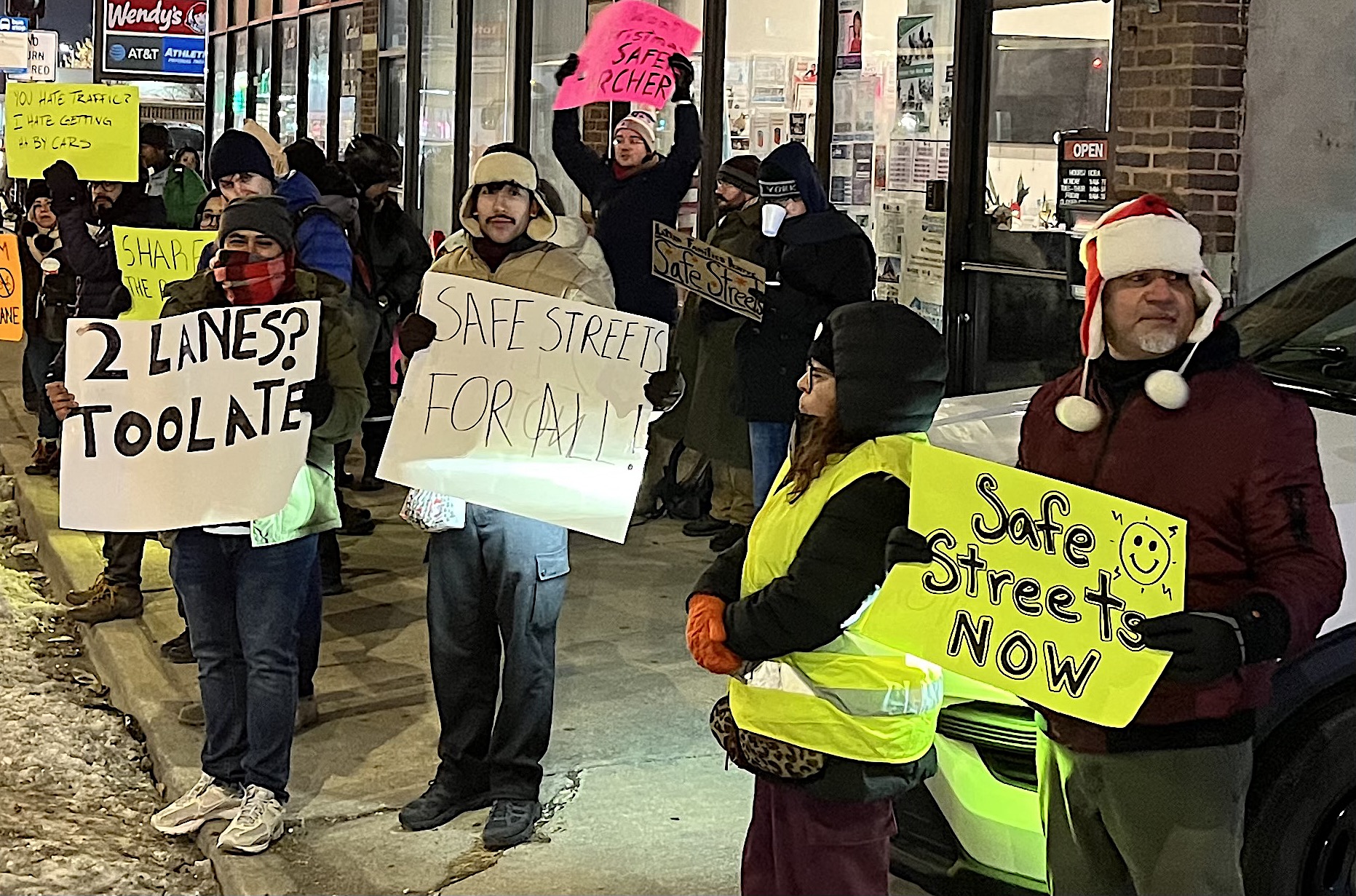What do you call a place where you can walk once you get there, but most people arrive in a car? Atlanta has plenty of these places, which Darin Givens at ATL Urbanist calls "drive-to urbanism."

Givens interviewed Atlanta planning commissioner Tim Keane on the subject. Here's what Keane had to say about how Atlanta can get beyond "drive-to urbanism." It's all about changing the streets:
What we’re really talking about is [what] you’ve got in places like West Midtown or in lots of places like Ponce City Market where things are getting denser -- but what about the urbanism? That means the streets. Yeah, we’re getting denser, but is it becoming an urban place?
The reality is that streets are the most prevalent and significant public spaces we have. The city is pursuing the remaking of Martin Luther King Boulevard on the west side. And that should become a great public space.
And when it comes to these things I’m not necessarily talking about big streetscape projects where you’re really fancying the street up. That’s not the point. It’s not to be tricky about the streets. It’s to be meaningful about how you allocate space on our streets for everyone. And I mean the cars, the pedestrians, the cyclists, the transit vehicles. Inevitably, what that means, is that the pure right of way that has been devoted to just cars goes down. Perhaps significantly.
Chicago has done a great job on some of their streets in downtown. They are carving out space for bikes and transit for this very reason: “We can’t beat the suburbs of Chicago on driving but we [meaning downtown Chicago] can beat them on everything other than driving.” It’s an economic development issue for them. They’ve invested in their bike infrastructure so that jobs would come there.
We’ve gotta be really aggressive about bikes because people who are moving to cities, they expect to either not own a car or to not use it that much.
Elsewhere on the Network today: Urban Review STL reviews Cleveland's pioneering Healthline bus rapid transit project. The Wash Cycle reports that D.C.'s bike commute rate has increased 425 percent over the last 25 years. And Green City Blue Lake notes that national experts keep visiting Cleveland and panning the city's "Opportunity Corridor" road project.




